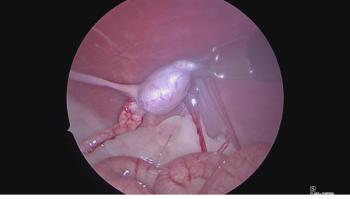
Methods for gastrointestinal decontamination

The first 2 methods to start with, plus the mechanics of activated charcoal as a decontaminant
Missed out on Fetch Kansas City 2024? No worries—we’ve got you covered! For just $199,
Ready to jump in? Start exploring the best of Fetch Kansas City 2024 On-Demand now!
In this interview with dvm360 on her lecture Decontamination Methods of the Dog and Cat from the Fetch Kansas City conference in Missouri earlier this year, Renee Schmid, DVM, DABT, DABVT, shares what the 2 most common methods for gastrointestinal (GI) decontamination are. In this interview, Schmid also explains how activated charcoal functions as a decontaminant.
To watch the first part of this interview where Schmid talks about GI decontamination misconceptions, click
Below is a partial transcript:
Renee Schmid, DVM, DABT, DABVT: So activated charcoal is really cool. It's something that [patients] take…orally and then when you have a toxin, a specific substance that's in the stomach… [that] activated charcoal is able to bind to that particular substance.
There [are] certainly things that it doesn't bind to, so it doesn't work for everything, but it works as kind of like a magnet, so to speak, where these different toxins will actually bind and adhere to that to that particular activated charcoal molecule.
The one thing that is important to always know is that it's a reversible process. And so if there's GI stasis or ileus—something that with time, if that activated charcoal is sitting in the gut not moving, with time that particular toxin can actually break off of that activated charcoal and then get absorbed that way.
Newsletter
From exam room tips to practice management insights, get trusted veterinary news delivered straight to your inbox—subscribe to dvm360.




